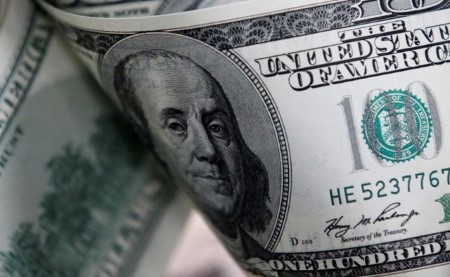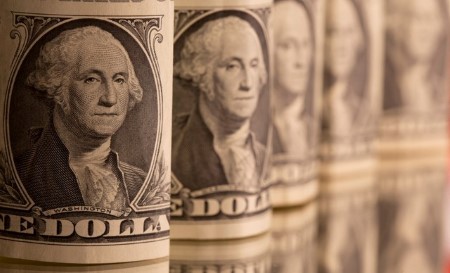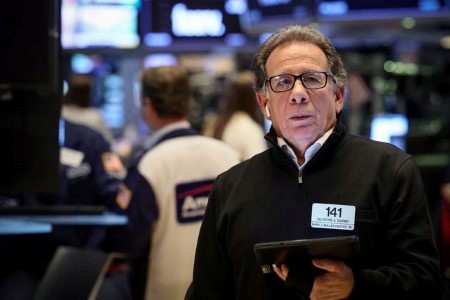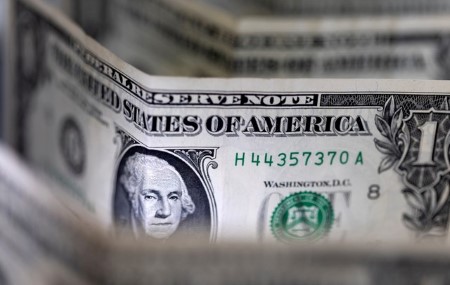ORLANDO, Florida, Jan 15 – The US dollar is off to a strong start this year but no thanks to hedge funds and foreign exchange speculators, who have extended their bets against the world’s reserve currency to levels last seen in August.
The latest Commodity Futures Trading Commission data show that funds increased their net short dollar position against a range of major and emerging currencies to USD 12.7 billion in the week ending Jan. 9 from USD 10.5 billion the week before.
That’s the largest net short position since the week ending Aug. 22, and marks a swing of more than USD 22 billion from the USD 10 billion net long in mid-November. That was the largest aggregate bullish dollar bet in over a year.
Funds have now cranked up their bearish bets against the dollar in six of the last seven weeks, which dovetails with interest rate and money markets that continue to price in more than 150 basis points of rate cuts from the Federal Reserve this year.
Short-term interest rate spreads have moved against the dollar quite significantly in recent weeks. The two-year US-German spread, for example, has shrunk around 25 basis points this year to its narrowest since August.
Yet so far this year the dollar has rallied against nearly every major currency, most notably a 3% jump against the Japanese yen. It is something of a puzzle.
As HSBC currency analysts note, the CFTC positioning data contradicts the message from strong US growth figures relative to other major economies, and a hawkish Fed relative to the market.
“The former still paints the impression of US exceptionalism and the latter’s messaging is not as dovish in tone compared with the market pricing,” they wrote on Sunday.
FIGHTING THE FED
It is indeed curious that currency speculators are leaning so heavily against the dollar and rates traders are betting on 150 bps of rate cuts this year – double what the Fed itself indicated in its December Summary of Economic Projections.
While economic activity is likely to slow, many economists are abandoning their 2024 recession calls in favor of some degree of ‘soft landing’, the labor market is still creating jobs, and corporate earnings growth is tracking over 10%.
Compare with the euro zone that is either in or flirting with recession, expected UK GDP growth this year of less than 1% – the weakest of all G7 nations, according to the IMF – and a potentially less hawkish outlook for the Bank of Japan.
The upshot is the 2024 path for the other G4 central banks could be more dovish than markets had envisaged only a few weeks ago. All else equal, this should weigh on their respective currencies.
As 2024 gets underway, the FX market at large appears to be leaning in this direction. Hedge funds are leaning the other way, and digging in.
(By Jamie McGeever; Editing by Christopher Cushing)







 DOWNLOAD
DOWNLOAD













